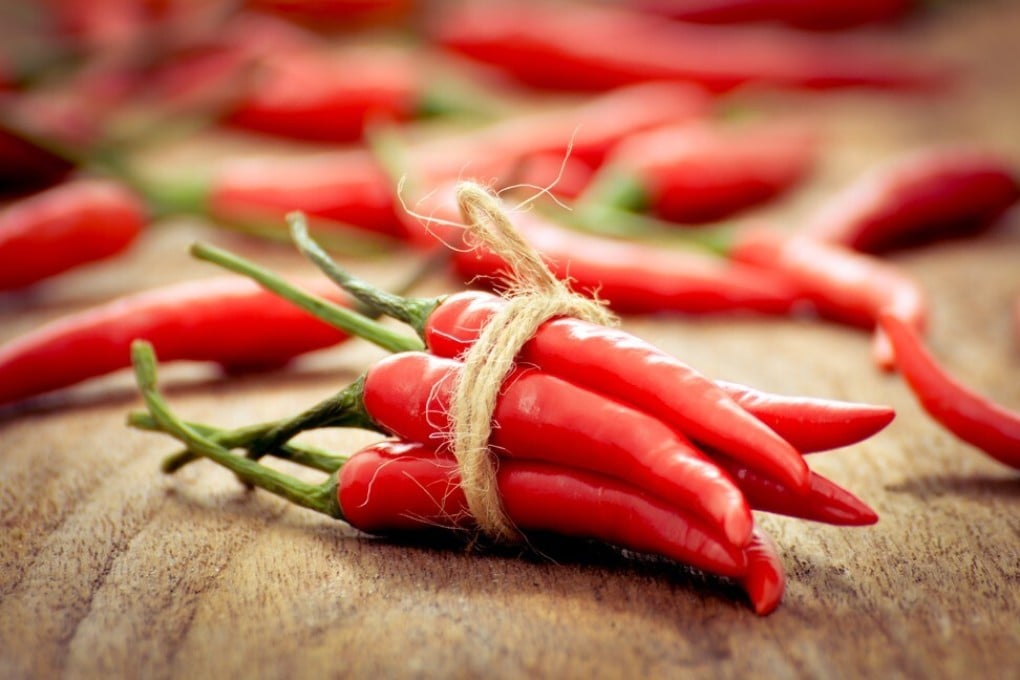Advertisement
Review | The history of the chilli pepper in Chinese culture, from poor man’s spice to symbol of the revolution and passionate women
- Introduced by sailors in the 1570s, the chilli has become a part of Chinese culture and several regional cuisines
- Historian Brian Dott’s book The Chile Pepper in China follows the fiery fruit from cheap spice to revolutionary food to ubiquitous ingredient of hotpot meals
Reading Time:3 minutes
Why you can trust SCMP
0

The Chile Pepper in China: A Cultural Biography, by Brian R. Dott, Columbia University Press, 3.5/5 stars
A common saying in China goes: “The Sichuanese are not afraid of hot chillies; no degree of heat will frighten off the people of Guizhou; but those Hunanese are terrified of food that isn’t hot!”
This might suggest that the chilli pepper is native to China. But in The Chile Pepper in China, historian Brian Dott seeks to show how “foreign” chillies were introduced and explores how vital they became to these regions’ identity, with spiciness linked to the energy of “revolutionary men and passionate women”.
Chillies, as distinguished from the Sichuan pepper that is native to China, are from the Americas, as are potatoes, tomatoes, and tobacco. Dott reviews local merchant records and suggests that they were introduced, probably by multi-ethnic ship crews who were using them for their own cooking: first from America to Spain, then from Portugal to Asia around the 1570s.

Unlike other spices that were traded at the time (black pepper, nutmeg and so on), chillies had little value initially due to their ease of propagation in a variety of climates, and were mainly considered decorative plants by Spanish, and later, Chinese elites.
Advertisement
Select Voice
Choose your listening speed
Get through articles 2-3x faster
1.1x
220 WPM
Slow
Normal
Fast
1.1x